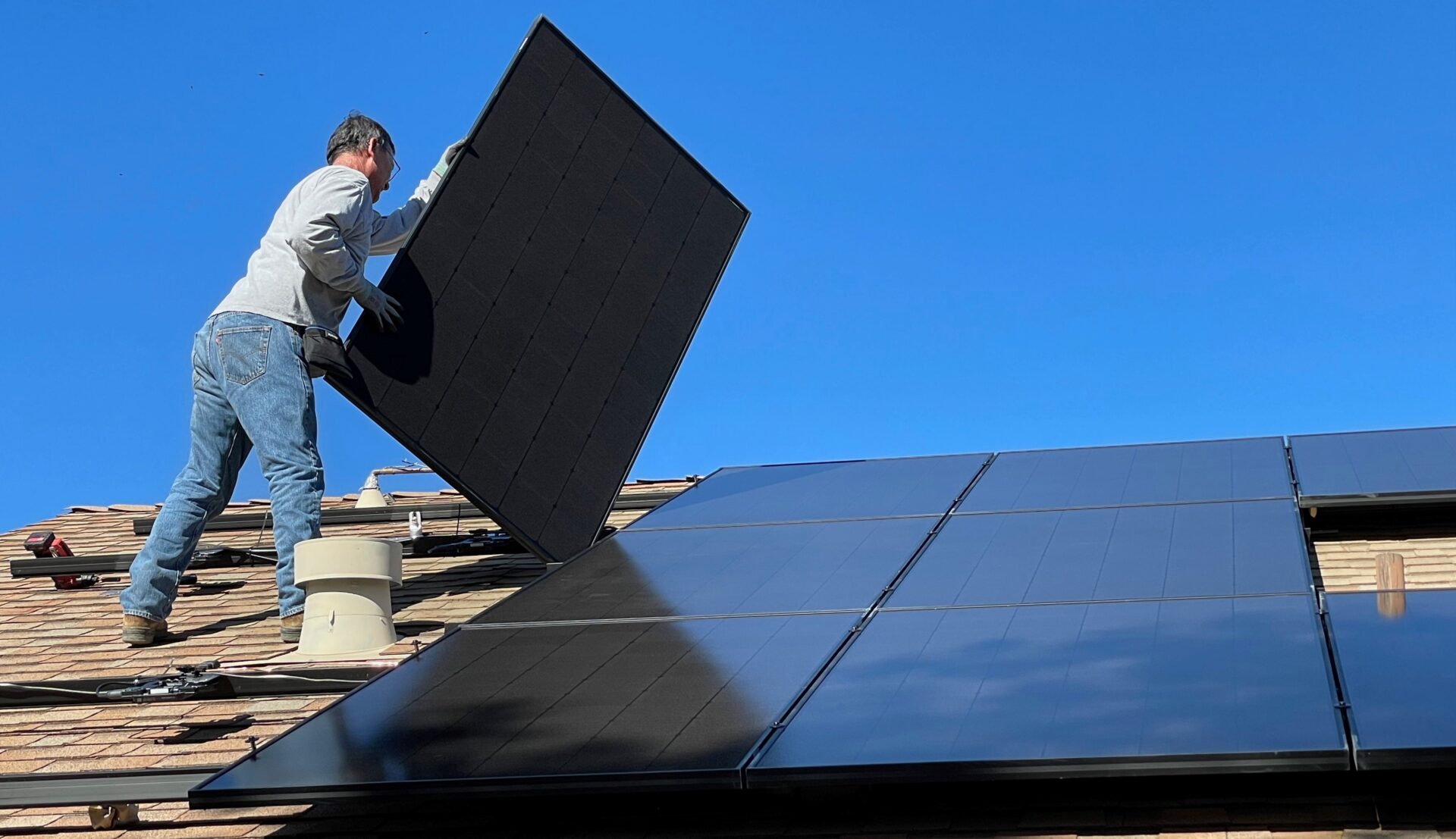

At BECG we act as the communications consultants for a leading Retirement Living developer.
One of the first stages in the consultation exercise we undertake is holding 1-2-1 meetings in a local venue with neighbours to the proposal sites. It means that every few weeks one of the team gets out of the office facilitating meetings between our client and local people in a church hall or community centre. For me, this most recently involved the community in the West Lancashire town of Burscough.
While the themes of most conversations are as you would expect; potential for increase in traffic, proximity to neighbouring properties, impact on the openness of the site; in Burscough I was struck by how every single conversation also included questions about whether our client intended to incorporate green technology into the development.
Now, for those of you not familiar with Burscough, it’s not a town with a large branch of Extinction Rebellion. The people we met with that day were a broad cross section of the community too. Having had a poke around on the web afterwards, as far as I could see, there aren’t any local campaigns, groups or issues that would have the effect of putting climate or green technology at the front of the minds of the people of there any more than elsewhere either.
Whether it’s the dramatic rise in energy prices or the extreme heat of two weeks ago, my conversations during that half day in Burscough represent just one manifestation of how the climate crisis has dramatically moved up the agenda for many more people.
The question that follows is therefore how do developers communicate how they are responding to this issue in a way that is accessible?
In Burscough, enquiries from consultees about the environmental impact of the proposed development were nearly all questions about whether there were plans to include solar photovoltaic (PV) panels. Whilst the answer here was “no”, the architect did attempt to explain that the method of reducing the environmental impact of the building was through a “fabric first” approach. I sympathised with the confused-looking residents because, until he explained what that meant, I had no idea either…
Maximising the energy-efficiency of a development, through “fabric first”, rather than installing technologies that might not be used in the best way by the building occupants is widely regarded to be the most sustainable way of reducing the environmental impact of a development. But a lay-person can’t see the U-value of a wall; or tell if the windows are triple-glazed and argon-filled, from the street outside in the way they would be able to see roof-mounted shiny sheets of silicon soaking up the sun’s rays.
So, our advice to our clients of all shapes and sizes is now to expect questions on your environmental credentials from everybody, and to make sure you can explain them in a way people understand. If you struggle with that second part, then that is what we are here for.
Sean Fielding is the former Labour leader of Oldham Council and now works for political consultants BECG. For more insight on how the green agenda is featuring more in consultation responses he can be contacted here.